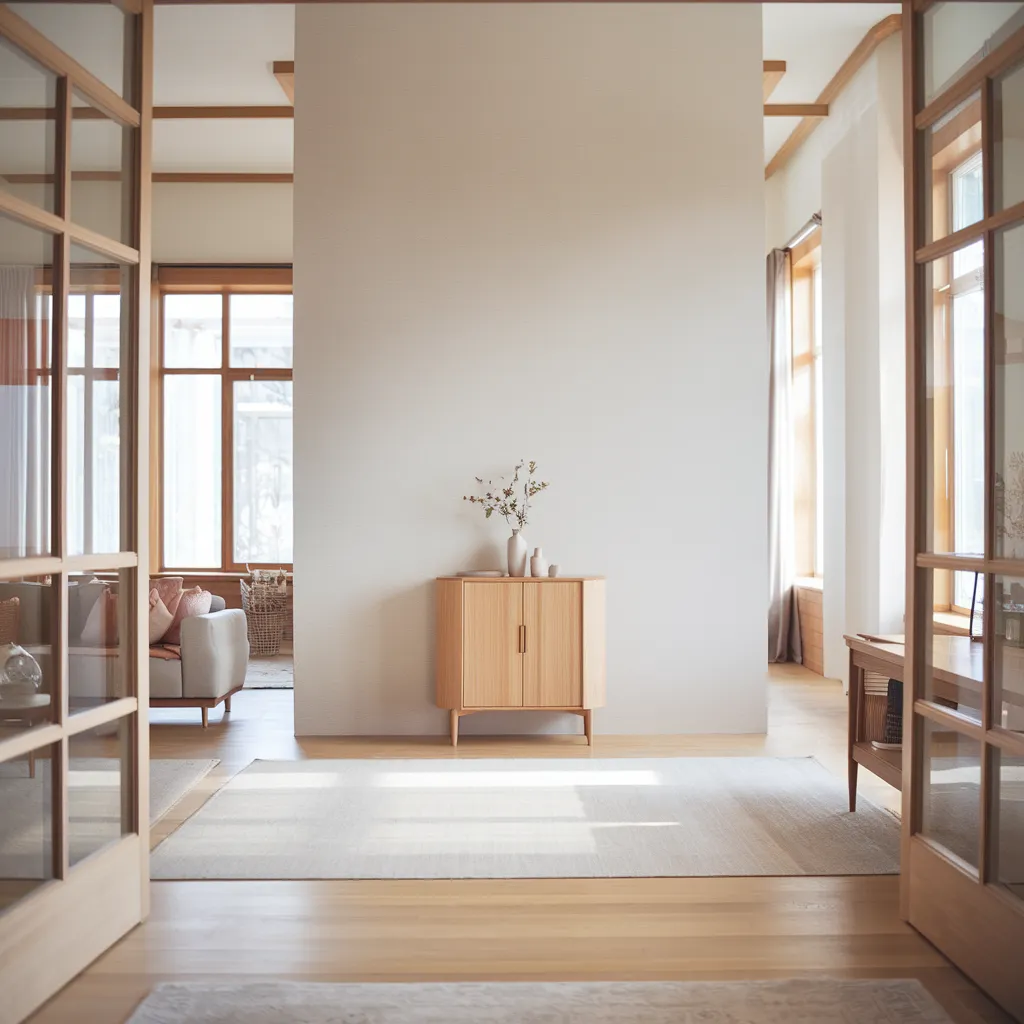Wooden Cabinets Chest Guides
Solid Wood vs Veneer Cabinets: What Buyers Should Know
Cabinets are essential for storage and design in the living room. One of the biggest choices buyers face is between solid wood and veneer. Each material has advantages and drawbacks depending on lifestyle, budget and aesthetic preferences. This article highlights what every homeowner should know before deciding. For additional insights, visit Wooden Cabinets and Chest Guides.
What is solid wood?
Solid wood cabinets are crafted from natural wood throughout. They feature authentic grain patterns, durability, and repairability. Popular woods include oak, walnut, and pine. Solid wood develops a patina over time, adding unique character to interiors. See available designs in our cabinets and chests collection.
What is veneer?
Veneer cabinets are built from a core of engineered wood or particleboard, topped with a thin layer of real wood. This gives the surface the appearance of solid wood at a lower cost. Veneer provides visual consistency and lighter weight but is less durable than full solid wood construction.
Comparing durability
Solid wood withstands decades of use and can be refinished if scratched or stained. Veneer cabinets, while stable, are prone to chipping or peeling if exposed to moisture or rough handling. Buyers should consider how much wear their furniture will face in daily use. For more about durability, review Why Solid Wood TV Stands Are the Best Choice for Long-Term Use.
Cost considerations
Veneer cabinets are typically less expensive, making them appealing for budget-conscious buyers or those furnishing multiple rooms at once. Solid wood requires a higher upfront investment but pays off in longevity and lasting value. Many homeowners see solid wood as an heirloom-quality choice.
Design flexibility
Veneer offers a uniform appearance, making it easier to match across large spaces. Solid wood varies in grain, providing individuality to each piece. Depending on whether buyers value uniformity or uniqueness, either option may be preferable. For ideas on styling and coordinating with other surfaces, check Coffee Table Design Tips.
Maintenance and care
Solid wood requires occasional polishing and can react to humidity, but proper care keeps it strong for generations. Veneer is easier to clean with a damp cloth but is more difficult to repair if damaged. Awareness of care requirements is essential before purchase.
Matching with other living room furniture
Cabinets rarely stand alone. They are often paired with coffee tables, consoles, and TV stands. Matching finishes enhances flow, while contrasting textures can add dimension. A rustic solid wood cabinet pairs beautifully with modern upholstered sofas, while sleek veneer works well in minimalist layouts. For inspiration on rustic and modern mixes, read Rustic vs Mid-Century TV Stands.
Environmental considerations
Veneer often uses less wood overall, reducing environmental impact in production. Solid wood, particularly reclaimed or sustainably sourced, offers durability that minimizes waste over the long term. Buyers can weigh environmental factors alongside design and budget when making a choice.
Which option is right for you?
- Choose solid wood if you value durability, uniqueness, and long-term investment.
- Choose veneer if you want affordability, lighter weight, and consistent appearance.
Consider household needs, lifestyle, and interior style. Families with active children may find solid wood worthwhile, while those furnishing rental apartments might prefer veneer. For additional furniture comparisons, browse Console Table Inspiration.
Conclusion: informed buying matters
Choosing between solid wood and veneer cabinets comes down to priorities—budget, durability, and style. Solid wood offers timeless value, while veneer delivers affordability and sleek uniformity.
Both materials can elevate a living room when chosen with intention and styled alongside complementary pieces.
For more living room storage guides, see TV Stands and Entertainment Units.
To explore the full range of designs, return to the homepage.

